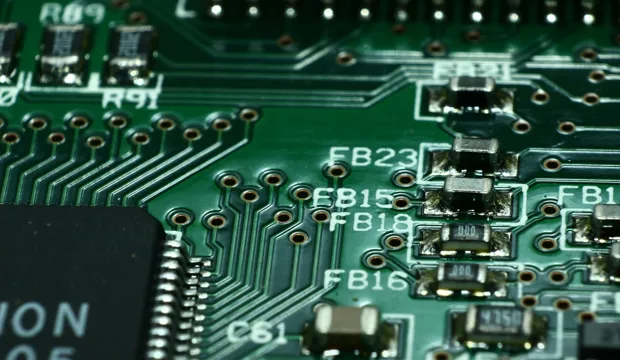
Calculate energy use at home
Calculating the energy used by different electrical appliances and devices within the home
In this activity learners will calculate the energy usage of different electrical appliances. They will first calculate the power consumption using P = I V, then use the results of these calculations to work out how much energy each uses in kilowatt hours (kWh).
This activity could be used as a main lesson activity to teach about electrical power and energy, and how each are calculated. It could also be used as part of a wider scheme of learning focussing on electricity and the National Grid or as an exercise to use mathematical skills in a practical context.
This is one of a series of resources developed in association with the National Grid ESO, to allow learners to develop their knowledge and skills in Design & Technology and Engineering. This resource focusses on calculating the energy usage of different appliances and considering how this could be reduced. National Grid ESO ensure that Great Britain has the essential energy it needs by ensuring supply meets demand every second of every day.
Activity: Calculate energy use at home
The teacher will first explain what is meant by mains electricity and how it is transported to our homes. The teacher will then explain how power is calculated then after a quick learner exercise move onto explain how energy usage is calculated. After a final learner task, the teacher will discuss the outcomes with learners and ask questions about what they have learnt.
This activity can be simplified (particularly for less able students) by completing the power calculations in advance so that learners only need to multiply by the hours used to work out the energy consumption of each appliance and/or by providing partially completed examples of the calculations.
Print out the handout for learners to record their answers.
As an extension students could find other appliances at home or at school where the power requirements can be easily identified, work out how much power each appliance uses every day and explain how to their reduce usage. Students could also design a poster to convince people to turn unused appliances off to save energy and/or write a short blog post about electrical energy consumption and how this can be reduced
This activity is designed to take between 40-70 minutes.
Tools/resources required
- Writing implements (pens or pencils)
- Calculators
The engineering context
Engineers have a moral and ethical responsibility to ensure that their work is sustainable and that they do not negatively impact the environment. This includes reducing energy consumption wherever possible. As such, it is important that all engineers understand how products and systems are powered and how much energy they use.
Power engineering is a very important field which focusses on how energy is generated, transmitted and used by homes and businesses. There are lots of well-paid and rewarding careers available in this area.
Suggested learning outcomes
By the end of this free resource students will be able to calculate the power consumption of different appliances using P = I V; calculate the energy consumption of different appliances; and be able to show calculated data as part of a table.
Download the free Calculate energy use at home activity sheet below!
All activity sheets and supporting resources are free to download, and all the documents are fully editable, so you can tailor them to your students’ and your schools’ needs.
The activity sheet includes teacher notes, guidance, useful web links, and links (where appropriate) to the national curriculum in each of the four devolved UK nations; England, Northern Ireland, Scotland and Wales.
Please share your classroom learning highlights with us @IETeducation.





